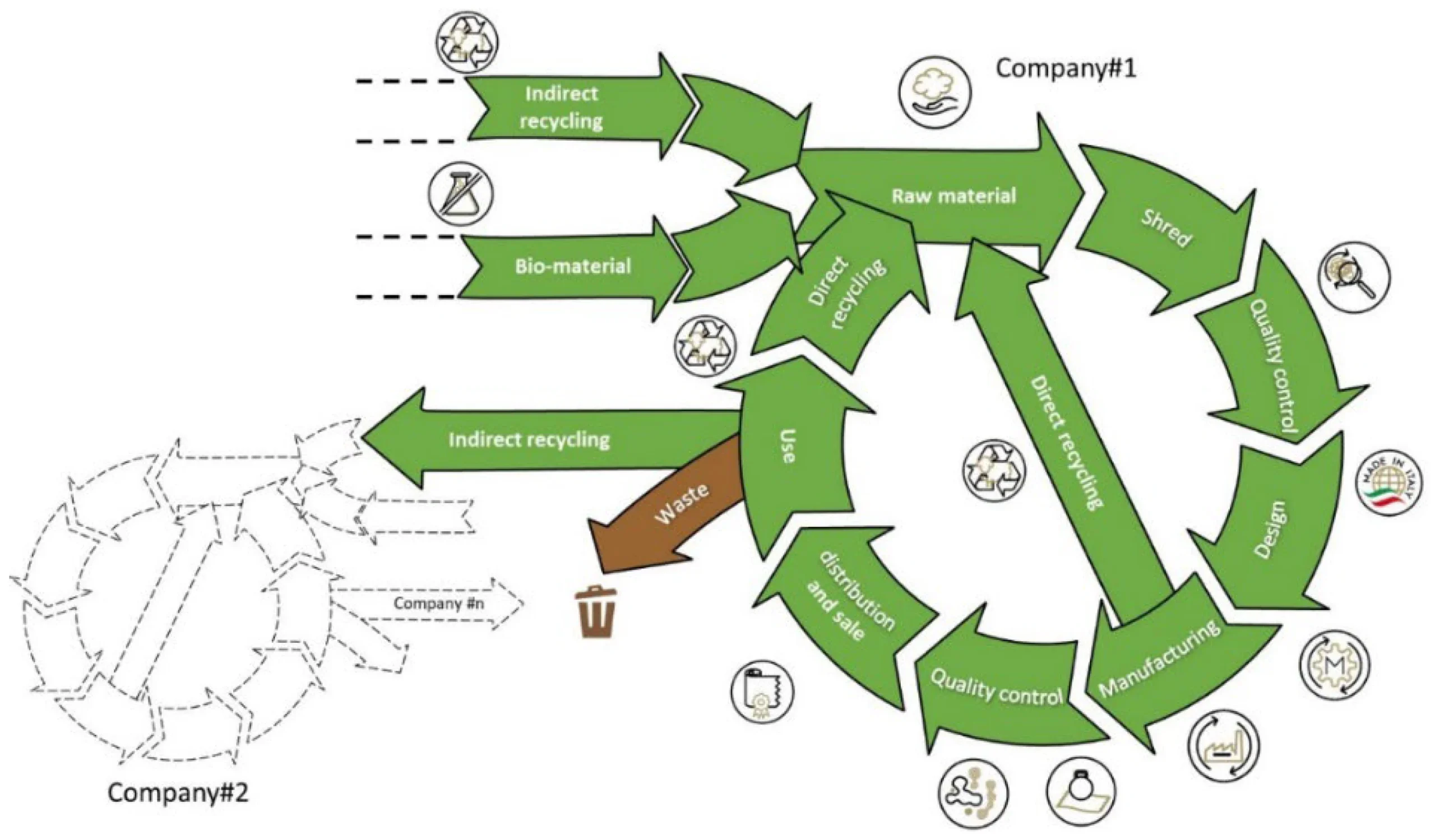The fashion and textile industries are undergoing a significant transformation as sustainability becomes a priority for consumers, regulators, and businesses alike. Companies of all sizes are now being encouraged—and in some cases required—to take greater responsibility for what happens to their materials, uniforms, and textile-based products once they reach the end of their lifecycle. Embracing circular economy principles is no longer just a trend; it is rapidly becoming an operational necessity.
The Rising Pressure to Address Textile Waste
Textile waste is one of the fastest-growing waste streams in the world. Businesses, particularly those handling uniforms, promotional apparel, cleaning textiles, or manufacturing offcuts, play a substantial role in this challenge. Poor textile waste management contributes to overflowing landfills, chemical pollution, and unnecessary carbon emissions. Many organisations are recognising their responsibility to minimise environmental harm and are actively seeking cost-effective and compliant ways to reduce textile waste.
Governments, too, are applying pressure through new policy developments that require greater accountability for waste generation. Extended Producer Responsibility (EPR) schemes—already active in parts of Europe—are expected to influence UK regulations in the near future, pushing businesses to revisit how they handle textile disposal.
Sustainable Disposal Is More Accessible Than Ever
Fortunately, sustainability-driven initiatives are expanding, giving organisations wider access to practical solutions. Partnerships with recycling firms, textile recovery specialists, and charity-led reuse programmes are becoming more common. These services help extend the lifespan of materials, divert waste from landfills, and support local communities.
Digital tools are also emerging to streamline waste tracking, ensuring businesses maintain accurate reporting while aligning with ESG targets. Many companies are discovering that by making sustainability a core part of their operations, they gain reputational benefits and often reduce long-term costs.
One Mention of Your Keyword
Businesses looking for community-based textile recovery options increasingly explore public facilities such as recycle clothing bins near me, as these provide a simple and accessible route to ensure unwanted fabrics are managed responsibly without requiring large-scale commercial waste contracts.
Building a Circular Mindset Within Your Organisation
Adopting a circular approach goes beyond simply disposing of materials responsibly. It requires embedding sustainable thinking across your organisation. This can include:
- Choosing suppliers that prioritise recycled or upcycled materials
- Investing in durable, washable, long-lasting workwear
- Repairing or repurposing textiles rather than disposing of them
- Educating employees about correct textile recovery processes
- Setting internal sustainability targets and reporting progress
By integrating these practices, businesses create a culture where sustainability becomes a shared responsibility, not just a leadership initiative.
Why Circularity Supports Business Growth
Forward-thinking companies recognise that environmental performance influences customer trust, investor confidence, and overall brand reputation. Circular strategies are increasingly aligned with business growth, helping organisations stay ahead of upcoming regulations and public expectations.
Moreover, reducing waste often leads to operational efficiencies—less purchasing, better material management, and more structured waste handling. The long-term financial and environmental returns make circularity a strategic advantage.
What Industry Experts Are Saying
News outlets and sustainability experts are consistently highlighting how waste reduction is shaping the future of business operations. From the rise of textile recovery technologies to the increasing demand for transparent supply chains, the shift toward circular practices is accelerating worldwide.

